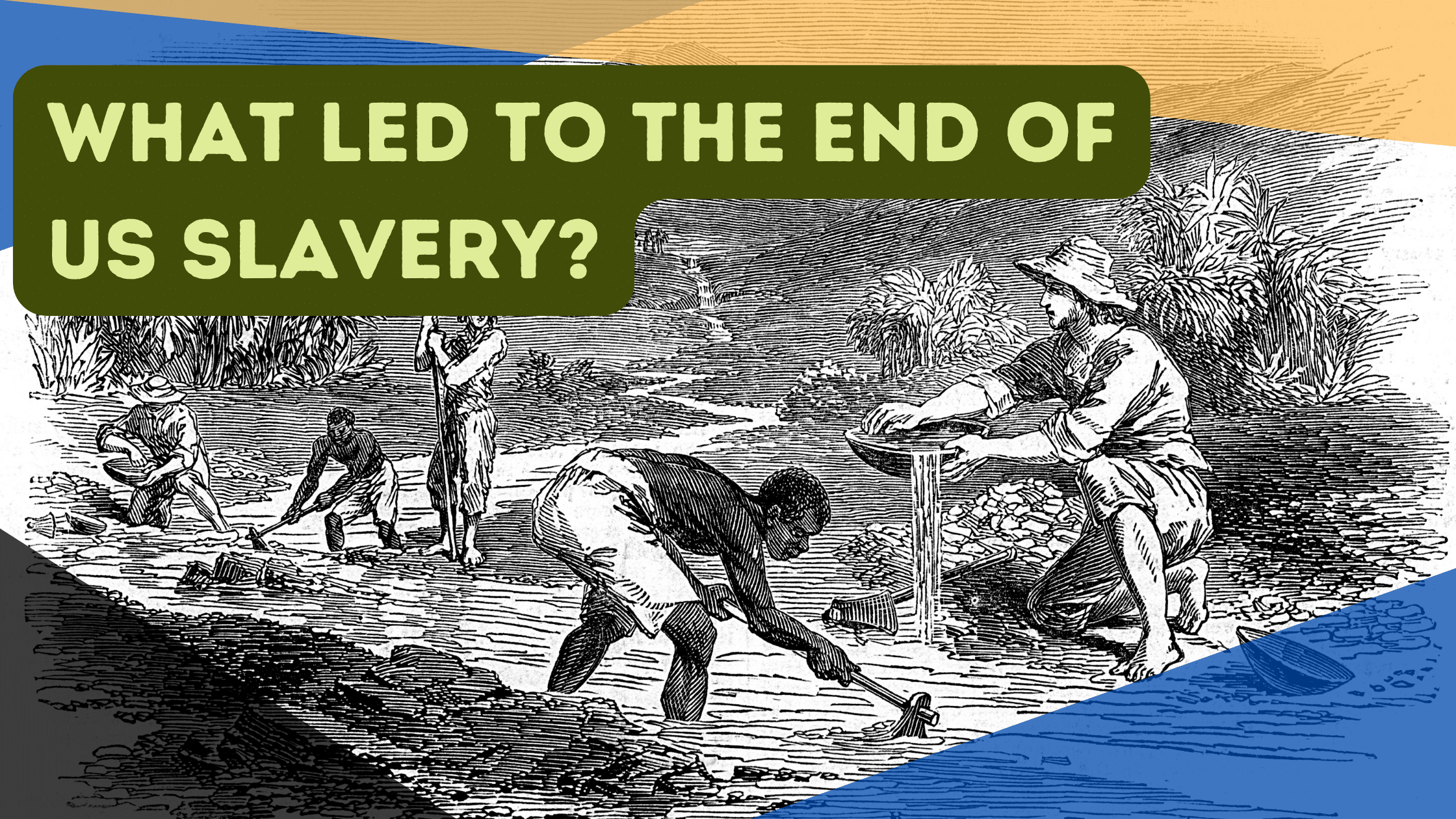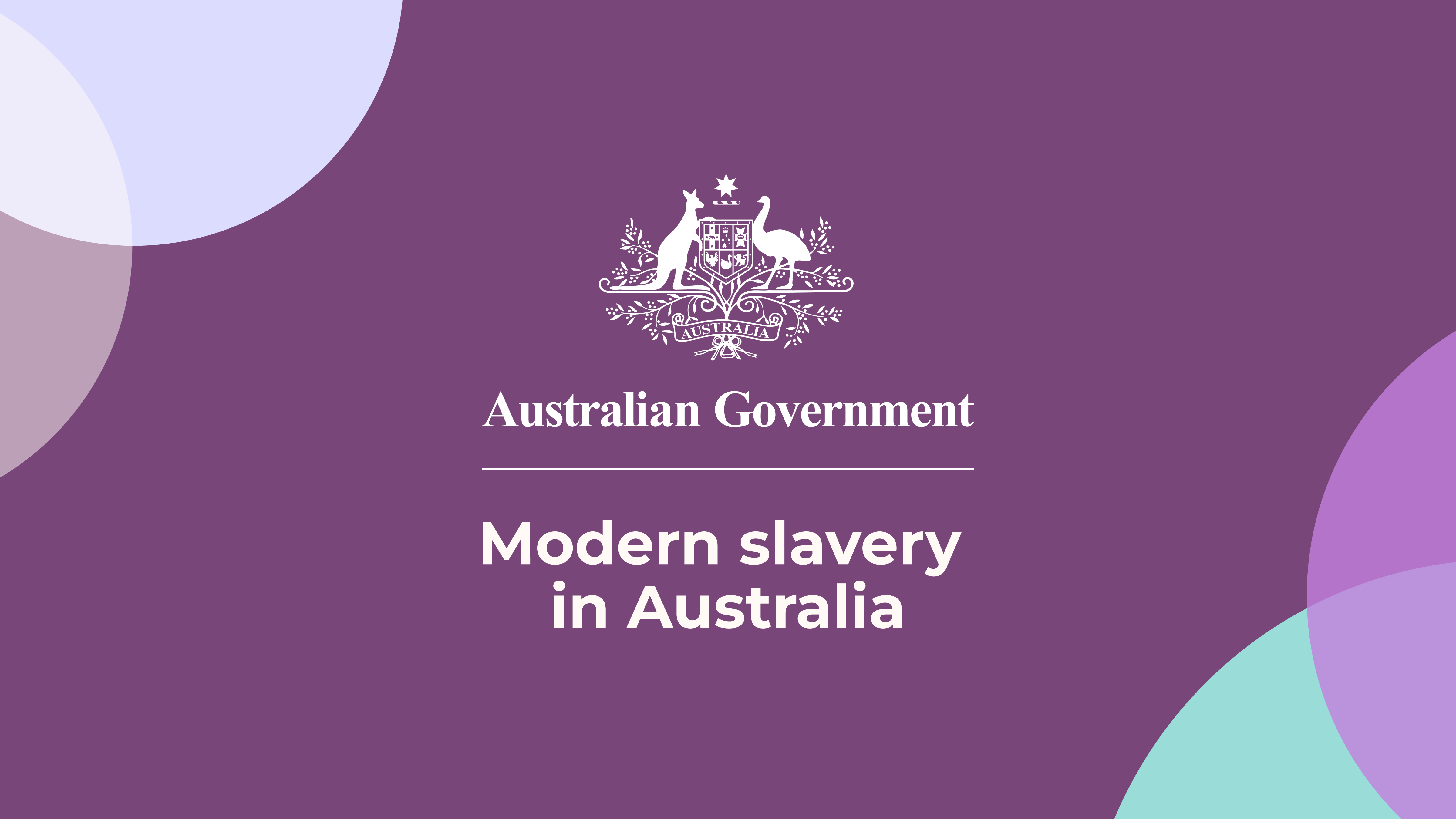When Did The US Outlaw Slavery: A Comprehensive Look Into The History And Impact
The abolition of slavery in the United States is one of the most significant events in American history. When did the US outlaw slavery? This question holds deep historical importance, as it reflects a pivotal moment in the nation's struggle for equality and justice. Understanding this timeline is crucial for grasping how far society has come in addressing human rights issues.
The outlawing of slavery marked a turning point in the United States' journey toward civil rights. It was not merely the end of an institution but the beginning of a broader movement for social justice. This article delves into the historical context, key events, and the lasting impact of this monumental decision.
By exploring the timeline, legislative acts, and societal changes, we aim to provide a comprehensive understanding of when and how the US abolished slavery. This knowledge is essential for anyone interested in the history of civil rights and social progress.
Read also:330 Lounge Youngstown Ohio The Ultimate Hangout Spot Youve Been Searching For
Table of Contents
- The Timeline of Slavery in the US
- The Abolition Movement
- The Emancipation Proclamation
- The 13th Amendment
- Key Figures in the Abolition of Slavery
- Post-Abolition Challenges
- The Impact of Abolishing Slavery
- Common Myths About the Abolition of Slavery
- Historical Data and Statistics
- Conclusion
The Timeline of Slavery in the US
Slavery in the United States dates back to the early colonial period, with the first enslaved Africans arriving in Jamestown, Virginia, in 1619. Over the centuries, the institution of slavery grew, becoming a cornerstone of the economy, particularly in the Southern states. However, the tide began to turn in the mid-19th century, leading to the eventual outlawing of slavery.
Colonial Period
During the colonial period, slavery was widely accepted as a legal institution. It provided cheap labor for plantations, fueling the agricultural economy. By the time of the American Revolution, slavery was deeply entrenched in the social fabric of the nation.
Antebellum Period
In the antebellum period, tensions between the Northern and Southern states intensified due to differing views on slavery. While the North gradually moved toward abolition, the South relied heavily on slavery for its economic prosperity. These differences eventually led to the Civil War.
The Abolition Movement
The abolition movement gained momentum in the early 19th century, driven by religious, moral, and political arguments against slavery. Activists, both Black and white, worked tirelessly to end the institution, using various strategies to bring about change.
Key Strategies
- Publishing anti-slavery literature
- Organizing protests and rallies
- Providing support to escaped slaves via the Underground Railroad
These efforts laid the groundwork for the eventual outlawing of slavery in the US.
The Emancipation Proclamation
On January 1, 1863, President Abraham Lincoln issued the Emancipation Proclamation, declaring that all enslaved people in Confederate-held territory were to be set free. While this executive order did not immediately end slavery nationwide, it was a critical step toward its abolition.
Read also:Ajith Recent Pics The Latest Glimpse Into The Life Of The Tamil Superstar
The proclamation also shifted the focus of the Civil War from preserving the Union to fighting for human freedom, aligning the war effort with the moral imperative of ending slavery.
The 13th Amendment
The 13th Amendment to the United States Constitution, ratified on December 6, 1865, officially abolished slavery throughout the country. This amendment was the culmination of decades of struggle and sacrifice by abolitionists and enslaved people themselves.
By outlawing slavery, the 13th Amendment marked a significant victory for human rights in the United States. However, the struggle for equality and justice continued long after its passage.
Key Figures in the Abolition of Slavery
Several individuals played pivotal roles in the fight to abolish slavery. Their dedication and courage were instrumental in bringing about change.
Abraham Lincoln
As the 16th President of the United States, Abraham Lincoln is often credited with leading the effort to end slavery. His leadership during the Civil War and his issuance of the Emancipation Proclamation were crucial to the abolition movement.
Frederick Douglass
A former enslaved person and prominent abolitionist, Frederick Douglass was a powerful voice for freedom and equality. His writings and speeches inspired countless others to join the fight against slavery.
Harriet Tubman
Harriet Tubman, an escaped enslaved person, became a leading figure in the Underground Railroad. She risked her life to help hundreds of enslaved people escape to freedom, earning her the nickname "Moses."
Post-Abolition Challenges
Although slavery was officially outlawed, the end of the Civil War did not bring immediate equality for formerly enslaved people. The Reconstruction era was marked by efforts to rebuild the South and integrate freedmen into society, but these efforts faced significant resistance.
Reconstruction Era
During Reconstruction, the federal government implemented policies aimed at protecting the rights of newly freed individuals. However, the rise of Jim Crow laws and segregation undermined these efforts, perpetuating systemic inequality.
The Impact of Abolishing Slavery
The outlawing of slavery had far-reaching consequences for the United States and the world. It set a precedent for future civil rights movements and inspired other nations to address similar injustices.
Today, the legacy of slavery continues to shape American society. Understanding the history of its abolition is essential for addressing ongoing issues of racial inequality and promoting social justice.
Common Myths About the Abolition of Slavery
There are several misconceptions about the abolition of slavery in the United States. Clarifying these myths is important for gaining a more accurate understanding of history.
Myth: Slavery Ended Immediately After the Emancipation Proclamation
While the Emancipation Proclamation was a significant step, it did not immediately free all enslaved people. The 13th Amendment was necessary to ensure the complete abolition of slavery nationwide.
Myth: The North Was Free of Racial Prejudice
Although the Northern states abolished slavery earlier than the South, racial prejudice persisted. The struggle for equality continued long after the official end of slavery.
Historical Data and Statistics
According to historical records, approximately 4 million enslaved people were freed as a result of the 13th Amendment. This statistic underscores the magnitude of the change brought about by the abolition of slavery.
For further reading, consider consulting primary sources such as the writings of Frederick Douglass and the records of the Freedmen's Bureau. These resources provide valuable insights into the lived experiences of those affected by slavery and its abolition.
Conclusion
When did the US outlaw slavery? The official abolition of slavery occurred with the ratification of the 13th Amendment in 1865. This historic event marked a turning point in the nation's journey toward equality and justice. However, the struggle for civil rights and social justice continues to this day.
We invite you to share your thoughts and insights in the comments section below. Additionally, explore other articles on our site to deepen your understanding of American history and its ongoing impact on society. Together, we can work toward a more just and equitable future for all.


